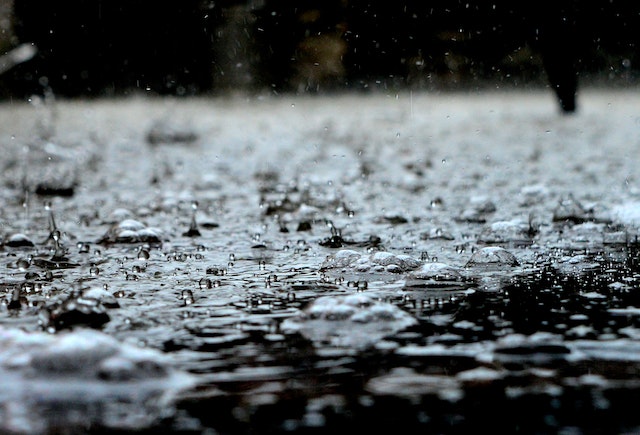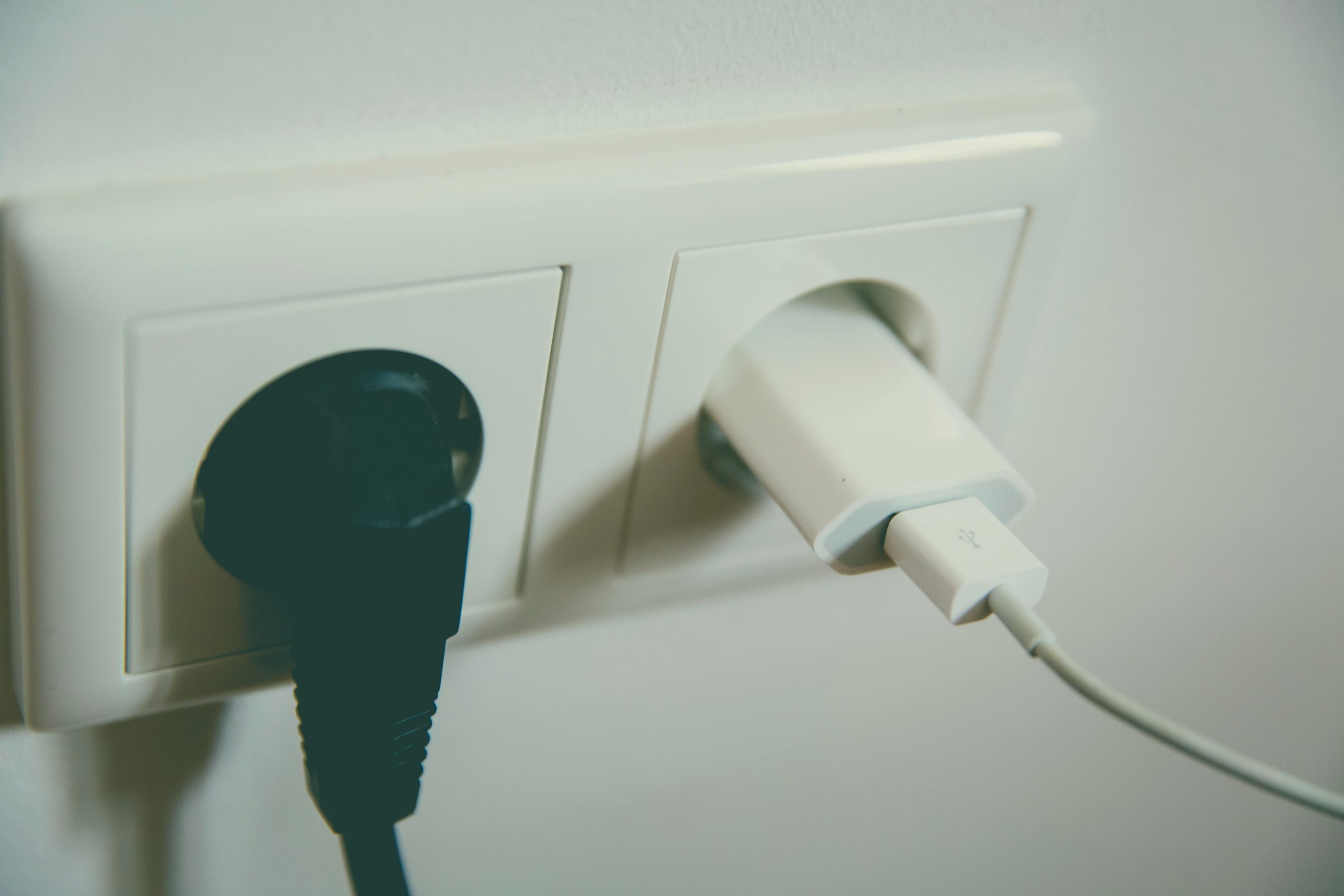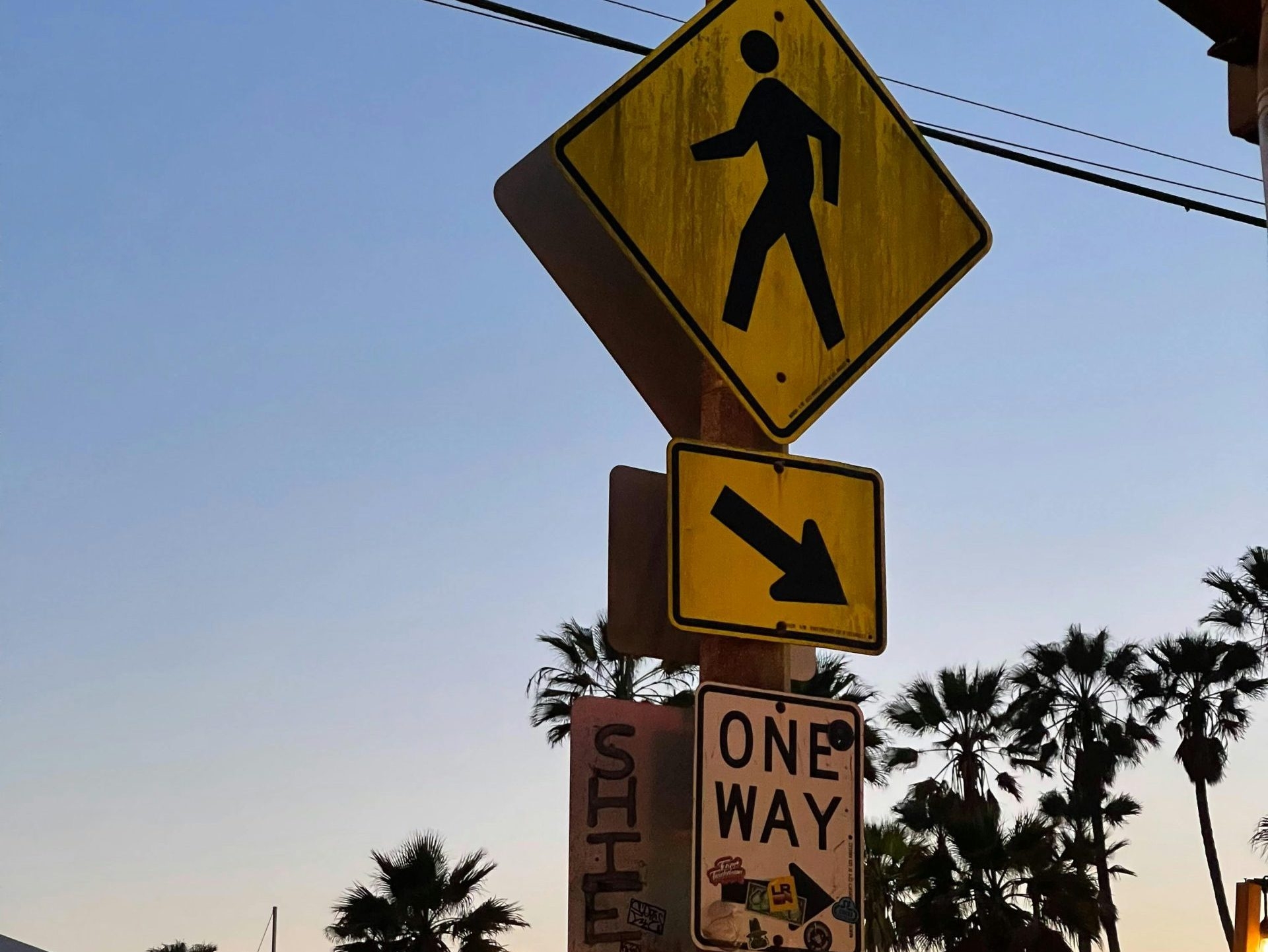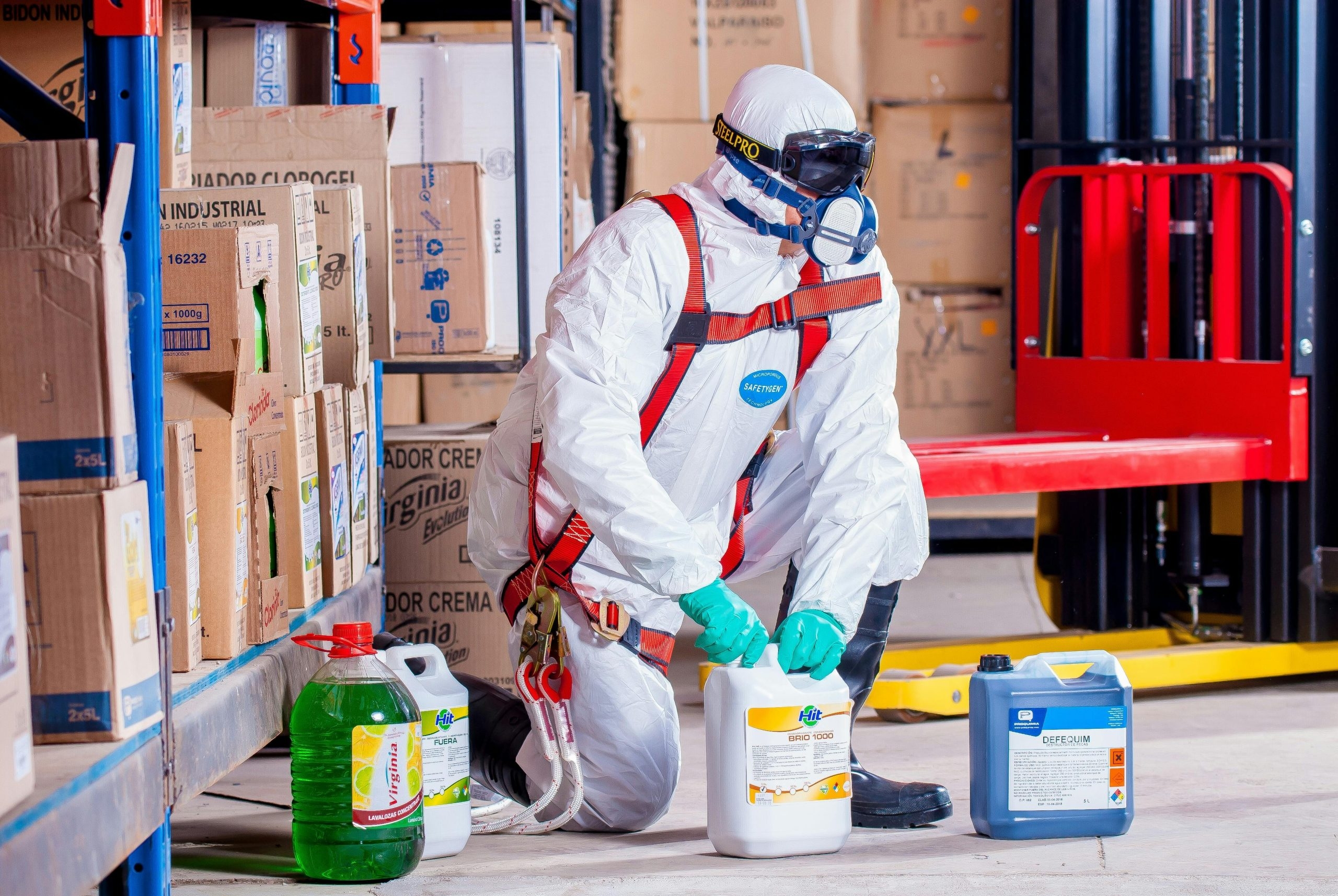
It’s that time of year when the days get shorter and the temperature drops and quite often, we see more rain and wind. The aim of this article is to discuss wet weather conditions, how they can affect businesses and the duties employers must undertake to manage the risks of slips and trips at work.
Slips and trips are the most common cause of major injuries in the UK. In the winter months, there is an increase of slips due to the ground becoming more wet and slippery, less daylight, leaves falling onto paths and ice and snow on footpaths. Being wet weather ready will help mitigate against the risk of slips and trips at work occurring.
Slips and Trips at Work
Many workplace accidents that involve someone slipping over are preventable. One way to reduce an accident from slips caused by rainwater is to look at your access and egress routes. If you have significant pedestrian foot fall, and the area becomes very slippery after rainfall then you can consider installing anti-slip sheets, particularly on stairs. Having stair grips will help lower the likelihood of a slip occurring.
Rain is inevitable and as such employers have a legal duty of care to manage the risks that rain poses. Under the Management of Health and Safety at Work Regulations employers are legally required to carry out a suitable and sufficient risk assessments, as part of the risk assessment process hazards such as slips and trips at work should be identified. When we think about slips inside a building we may not automatically think about the weather as a contributing factor. However as slips and trips are one of the leading causes of major injuries, it is important to cover all foreseeable hazards and prevent an accident arising.
Managing Slips and Trips at Work
To start with, consider when employees are entering a building from outdoors, it is highly likely that they will bring in rainwater off their shoes, clothing and accessories causing the floor to become wet. Other employees also entering the building could slip on the wet floor and as a consequence suffer injuries which could put them out of work for months.
These types of accidents can be prevented by simple measures,
- A mat at the entrance of a building will allow the water to be soaked up, reminding staff when they enter to wipe their feet will also help reduce some of the water being trodden into the building. If employees have umbrellas to shake them off prior to entering the building.
- A coat stand or lockers near to the entrance of the building can help to minimise rainwater being spread around the premises.
- Even though you may have put measures in place there maybe still water present on the floor, particularly if the area is not carpeted. It is important to highlight the floor being wet by using wet floor signs, ensuring they are placed where they will be seen easily but not where they will pose a trip hazard, and ensure the water is mopped up as soon as possible.
Effective Control Measures
When you are reviewing your measures also think about the floor surface in your premises. Does the floor surface when wet become extremely slippery, or it is nonslip, is the floor carpeted? Reviewing your floor surfaces will also determine how likely a slip would occur if the floor was to become wet.
A simple control measure is to remind employees to walk and take care when moving around the premises as running is likely to increase their chances of a slip especially when the weather is wet. Employees should be informed to wear sensible footwear which has slip-resistant soles and have a good tread to reduce the chance of a fall, and to always pay attention when moving around.
Working Outside Guidance
The outside of buildings can also lead to employees slipping over especially autumn months when they are leaves on the ground, add rainwater into the mix and the leaves will be even more slippery. To help mitigate against a slip, footpaths should be maintained and kept clear of falling and decaying leaves, and if required and reasonably practicable and permittable to do so it may be necessary to remove the vegetation to eliminate the source of fallen leaves.
For those employees who are required to work outside for example on construction sites, the ground can become muddy during periods of wet weather. This can increase the risk of a slip, therefore consider if alternative work can be carried out until the ground is drier. If not think about applying a temporary surface such as stone on the ground as this will greatly reduce the likelihood of a slip.
On all premises, it is important to think about drainage to minimise the level of standing water, reducing the risk of water being spread around the premises.
Slips and Trips at Work | Review your Risk Assessments
During the autumn and winter months, it is good practice to review your risk assessments and check whether they consider the risk of slips from wet floors attributed by rainwater. Even if your building is watertight, always think of potential ways that the floor surface can be contaminated. It is easy to overlook as on a rainy day there is that expectation that the floor will be wet, but nevertheless employers have a duty of care to ensure that the likelihood of a slip is reduced to as low as is reasonably practicable.
Implementing simple, cost-effective measures will help lower the likelihood of a slip occurring such as:
- A Rubber Barrier Mat Non-Slip
- Encouraging employees to wear footwear with a good tread
- Encouraging employees to wipe their feet upon entry
- Encouraging employees to shake off excess rain off their umbrella before entry
- Wet floor signs highlighting floor contamination
- Frequent dry mopping of the floor to remove excess water
- Monitoring the fall of leaves and drainage around the site
- Encouraging employees to slow down, walk and take care when moving around
- Using handrails when climbing up or down stairs
As you can see the above are sensible, proportionate measures that will not cost loads but will help to reduce a slip occurring. Training and educating employees about slips and trips in the workplace will help to ensure that employees are taking reasonable care of themselves, especially given that employees also have a legal duty of care under the Health and Safety at Work etc. Act.
Don’t take risks in the workplace, get guidance from our team of Health and Safety Consultants to implement measures to help prevent slips and trips at work. Contact 03333 215005 or email info@wirehouse-es.com






